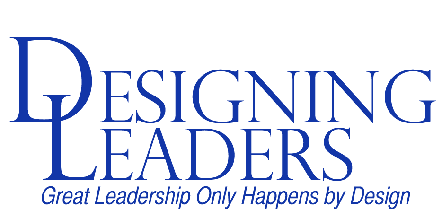Get Them Talking
Workers in repetitive industries may need less feedback than employees in creative industries do. Assembly line workers or bureaucrats who do the same thing over and over may not need to be told “yes, you’re doing it right…just like you did yesterday, and the day before, and the year before.”
But creative employees, by the nature of their work, are always doing something new and different (well, we hope so, anyway). And that means they need more feedback, because each new attempt might be a good one or a bad one, and if we want to capitalize on the good and push the bad stuff to the side, it helps to understand what worked and what didn’t. Feedback in the creative environment is very helpful.
But does it all have to come from YOU? No.
Your Creatives, whether they work independently or in teams, are linked to, and observed by, other Creatives in the company. Even if you are hiring free agents they can, in most cases, ultimately see the results of each others’ work. So, how about if they offer feedback to each other?
There are some advantages to having open communication and getting feedback from peers. First, if it all had to come from you, then you would not have the time to give all the feedback your Creatives might find useful. Also, it’s less threatening for them if it comes from someone who does not pull the strings of their career. Peers can also be specialists while you may be more of a generalist, so they can provide more detailed feedback than you might be able to.
If your people are comfortable sharing openly, then give them an open environment. Maybe encourage one-on-one discussion, or have a group lunch or something along those lines where people can openly discuss each other’s work. If you have a large group, or if they are competitive or not so tight-knit and you are afraid this would turn into a group “slam” of someone, maybe encourage some sort of online feedback mechanism. There is some software out there specifically designed for groups to provide anonymous feedback, and you may find this a worthy investment.
One of the great potential advantages of working in a creative environment is the sharing of ideas among creative people. This sharing can happen during the design stages, but it can come after the fact as well. Improvement comes about by learning from each experience and finding better ways to do things while holding onto what works. If you encourage your Creatives to share feedback with each other, you are more likely to see the kind of continuous improvement that is the hallmark of a profitable creative firm.
- Posted by
 Designing Leaders
Designing Leaders - Posted in Communication
 May, 09, 2016
May, 09, 2016 Comments Off on Get Them Talking
Comments Off on Get Them Talking
Categories
- Book Reviews
- Change
- Communication
- COVID-19
- Creativity & Innovation
- Culture
- Diversity & Inclusion
- Employee Development
- Ethics
- Free Agents
- Health and Balance
- Leader Development
- Leading
- Management
- New Leaders
- Planning
- Recruiting and Retention
- Uncategorized
Archives
- August 2020
- July 2020
- June 2020
- October 2019
- September 2019
- August 2019
- July 2019
- June 2019
- May 2019
- March 2019
- February 2019
- January 2019
- December 2018
- November 2018
- October 2018
- September 2018
- August 2018
- July 2018
- June 2018
- May 2018
- April 2018
- March 2018
- February 2018
- January 2018
- December 2017
- November 2017
- October 2017
- September 2017
- August 2017
- July 2017
- June 2017
- May 2017
- April 2017
- March 2017
- February 2017
- January 2017
- December 2016
- November 2016
- October 2016
- September 2016
- August 2016
- July 2016
- June 2016
- May 2016
- April 2016
- March 2016
- February 2016
- January 2016
- December 2015
- November 2015
- October 2015
- September 2015
- August 2015
- July 2015
- June 2015
- May 2015
- April 2015
- March 2015
- February 2015
- January 2015
- December 2014
- November 2014
- October 2014


 May, 09, 2016
May, 09, 2016